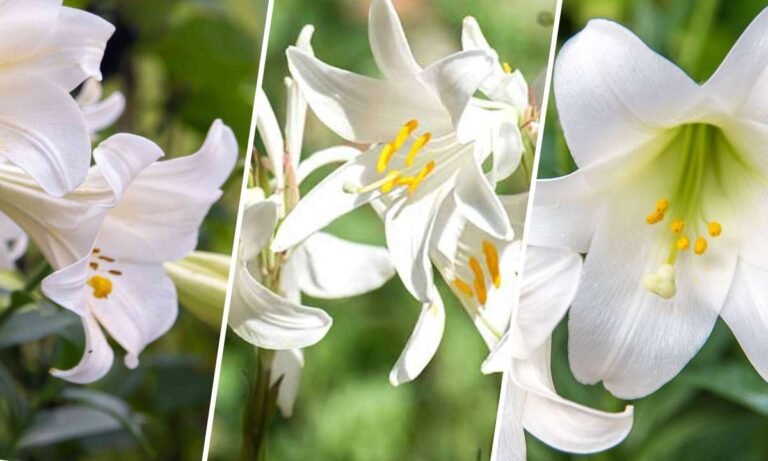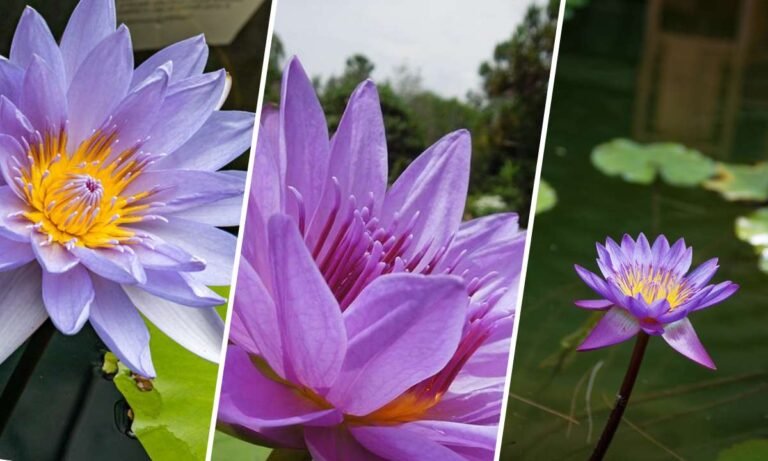The Hawthorn flower holds a special place in folklore, mythology, and natural healing due to its delicate beauty and rich symbolism. This enchanting blossom, celebrated for its associations with love, protection, and renewal, has intrigued cultures across history.
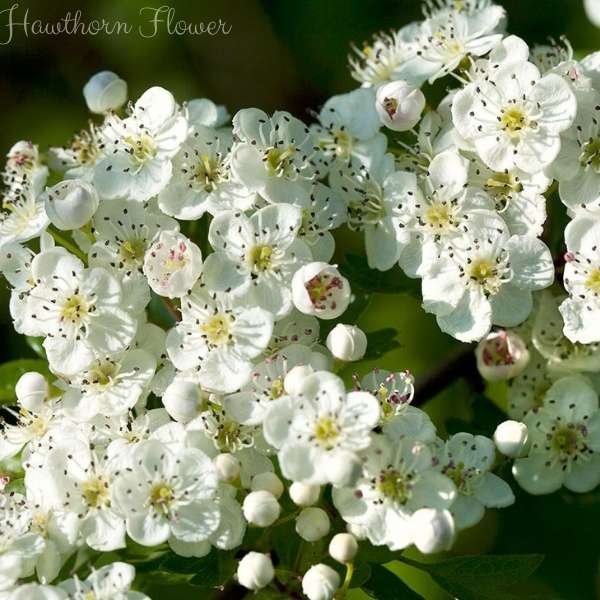
Origins and Etymology:
The Hawthorn flower, scientifically known as Crataegus, comes from the Old English word “hagathorn,” where “haga” means hedge and “thorn” refers to its thorny nature. This reflects its common use in European hedgerows and its protective thorns around its delicate blooms.
Symbolic Meanings:
Love and Romance: The Hawthorn flower is deeply linked with love and romance. In Celtic folklore, encountering a Hawthorn in bloom is seen as a sign of impending marriage or true love. Its sweet fragrance and fleeting beauty symbolize passion, commitment, and the beginning of new relationships.
Protection and Warding Off Evil: Hawthorn has a longstanding reputation as a protective charm against negative energies and evil spirits. Ancient traditions used Hawthorn branches to create protective hedges around homes and fields, offering spiritual strength and guarding against malevolent forces.
Renewal and Transformation: As a symbol of springtime renewal, the Hawthorn flower heralds new beginnings and transformation. Its vibrant blooms emerging amidst greenery mark the end of winter dormancy and the awakening of nature’s vitality. This symbolism is often invoked in rituals and celebrations of seasonal changes and personal growth.
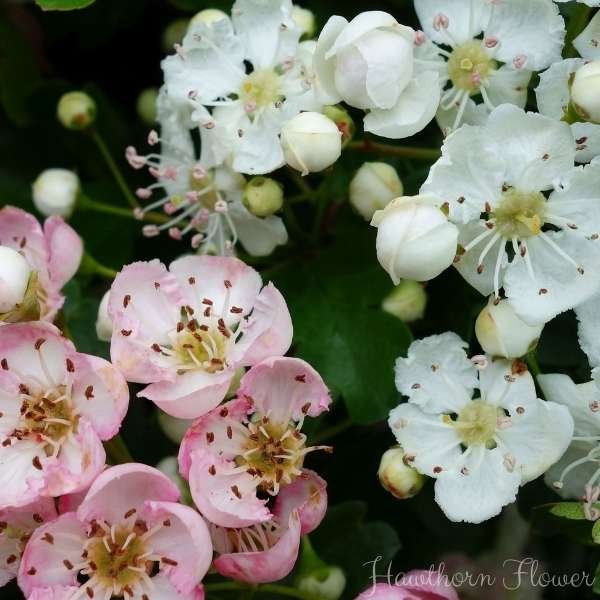
Historical Significance:
Folklore and Mythology: Throughout history, the Hawthorn flower features prominently in folklore and mythology. Celtic traditions associate it with the fairy realm and consider it sacred to the goddess Olwen, symbolizing purity and fertility. In Christian lore, Hawthorn is tied to the legend of the Holy Thorn of Glastonbury, believed to have grown from Joseph of Arimathea’s staff.
Medicinal Uses: In herbal medicine, various parts of the Hawthorn tree, including flowers, berries, and leaves, are valued for their therapeutic properties. Hawthorn supports heart health and circulation, reduces anxiety, and promotes emotional well-being, embodying a holistic approach to healing.
Varieties and Their Meanings:
Common Hawthorn: Found in Europe, the Common Hawthorn is known for its profusion of white blossoms symbolizing hope, endurance, and the beauty of simplicity in rural landscapes.
Chinese Hawthorn: In Chinese culture, this variety symbolizes prosperity and good fortune with its vibrant red berries and aromatic blooms used in traditional cuisine and herbal remedies.
Art and Literature: The Hawthorn flower has inspired artists and writers globally, appearing in paintings, poetry, and folk songs. In literature, it serves as a metaphor for love’s fleeting nature and the enduring beauty of natural cycles. Artists capture its ethereal charm in botanical illustrations and landscape paintings, showcasing its cultural significance and timeless allure.
Cultural Significance:
Western Traditions: In Western folklore, Hawthorn is associated with May Day celebrations and the Beltane festival, symbolizing fertility and the union of masculine and feminine energies, resonating with the vitality of spring.
Eastern Traditions: In Eastern cultures, Hawthorn flowers and berries are esteemed for their medicinal properties, promoting digestion and cardiovascular health, reflecting a holistic wellness approach rooted in nature.
Growing and Caring: Hawthorn flowers thrive in well-drained soil and full sunlight, making them ideal for gardens and natural landscapes. Plant them in early spring or late autumn for robust growth, providing space for their branches to spread and develop thorns. Regular watering and selective pruning support healthy growth, ensuring resilience against pests and diseases.
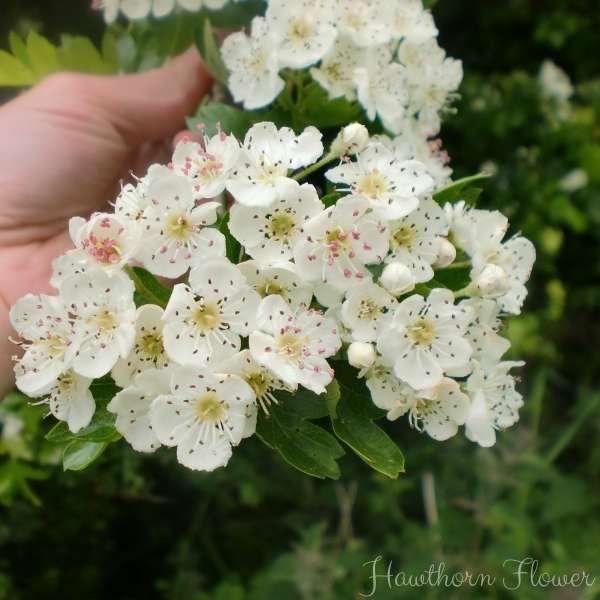
Conclusion:
The Hawthorn flower symbolizes love, protection, and renewal, cherished for its beauty and profound symbolism. Its presence in folklore, mythology, and herbal medicine reflects its enduring appeal and cultural significance worldwide, inspiring connections to nature’s timeless rhythms in gardens, festivals, art, and literature.

